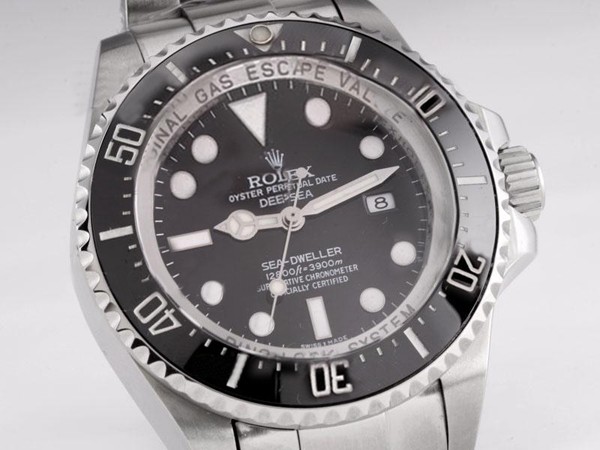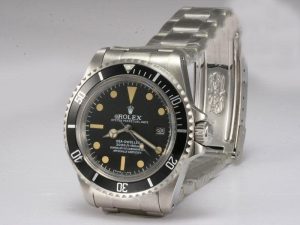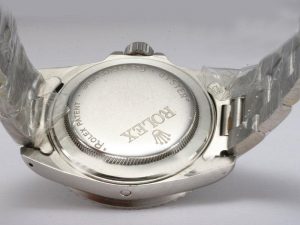
Watches with quartz movement can be pretty special. Not many mechanical watch fans can get behind battery-powered movements, but like it or hate it, quartz is a main part of watchmaking history and the Beta 21 is surely worth discussing. Longtime readers might remember a little thing Jack and I put together called “Quartz Week,” a series of stories dedicated to all things quartz. Quartz Week was not actually well-received, but it was necessarily educational. One story I wrote was a list of the most collectible Beta 21 watches, and one of those watches was the replica Rolex. I was fortunate enough to see one in the metal recently at Christie’s, because they have a white gold version coming up for auction in Geneva on Monday.
To begin with – the Beta 21 movement is amazing. While it is kind of a pain to actually maintain, it is a truly historical part of watchmaking that’s also just flat out fun. In case you don’t know what the Beta 21 is (no judgement), here is a brief history. The main goal was for the caliber to be as accurate as possible, but alas, the results were not as great as the CEH had hoped. The Beta 21 was implemented in a range of wristwatches from the Patek Philippe to the IWC Da Vinci to a few strange Piaget models. However, as far as I am concerned, the Beta 21 is all about the Rolex. 

The one was first released in 1970, and one year after the Beta 21 was completed. It’s unclear exactly how many examples were made between 1970 and 1972, when the model was discontinued. As with many things concerning with vintage fake Rolex, it’s hard to know figures for certain since Rolex will neither admit nor refuse in most cases.
The watches are individually numbered and there are pieces known to exist with numbers over 1,000, but there are a few schools of thought as to how many total pieces exist and what the yellow gold/white gold split is like. One theory is that there were just over 700 examples made in yellow gold and just over 300 examples made in white gold. Another is that there are closer to 900 in yellow and 100 in white. In the end, some suggest that there are actually two batches of these watches, with 900 in yellow and 100 in which in each batch, with 2,000 existing in total. No matter how you cut it, it’s safe to say that a white gold is a rare sight.
The white gold you see is in new-old-stock condition. This is unusual for any watch, let alone a Beta 21 Rolex. It features a heavy white gold case with a fluted bezel and a tenacious bracelet with faceted links. The replica Rolex always seems to make the best bracelets, and this unusual one is no exception. This watch is estimated to sell for CHF (approximately the same in dollars), which is much higher than what we’ve seen these watches fetch in previous years. I chalk it up to the condition, rarity, the fact that it is a historical piece, and that it is accompanied by a 1986 service invoice and green hang-tag.
The market for these watches has also increased drastically over the past three to four years. As you can see, there is a huge discrepancy between the two, and the only conclusion I can draw from these results is that because the example at Sotheby’s from 2014 was a full-set, and two bidders must have wanted it desperately.
This fake has to be up there as one of my favorite Rolex. There is something so refreshing about the case and bracelet design, and while it isn’t the most attractive Rolex per se, I have to say its ugliness is part of its appeal. Also, I think that owning a watch that was Rolex’s first quartz watch and the brand’s first watch with a sapphire crystal makes it super cool. But, maybe that’s just me.